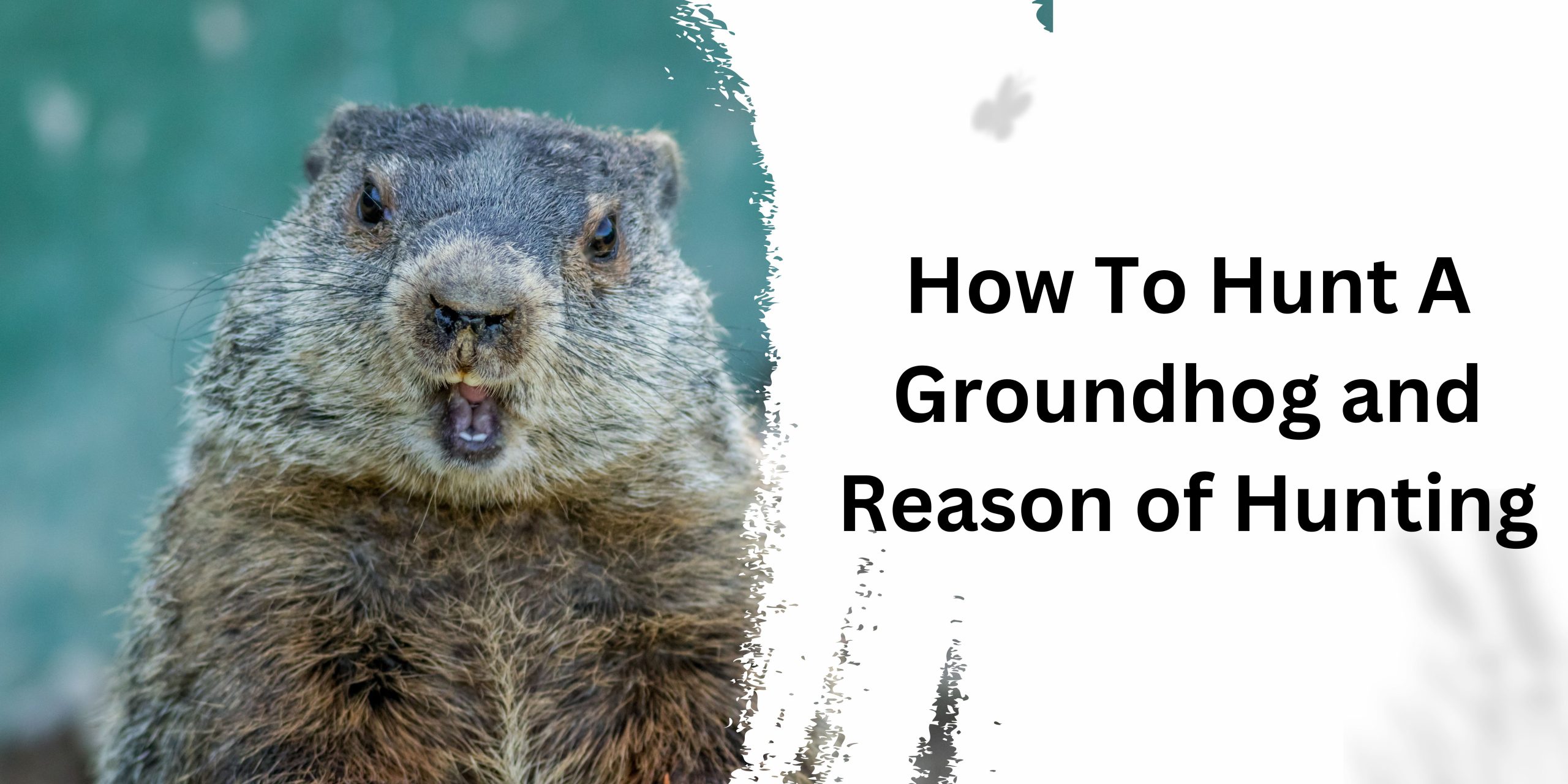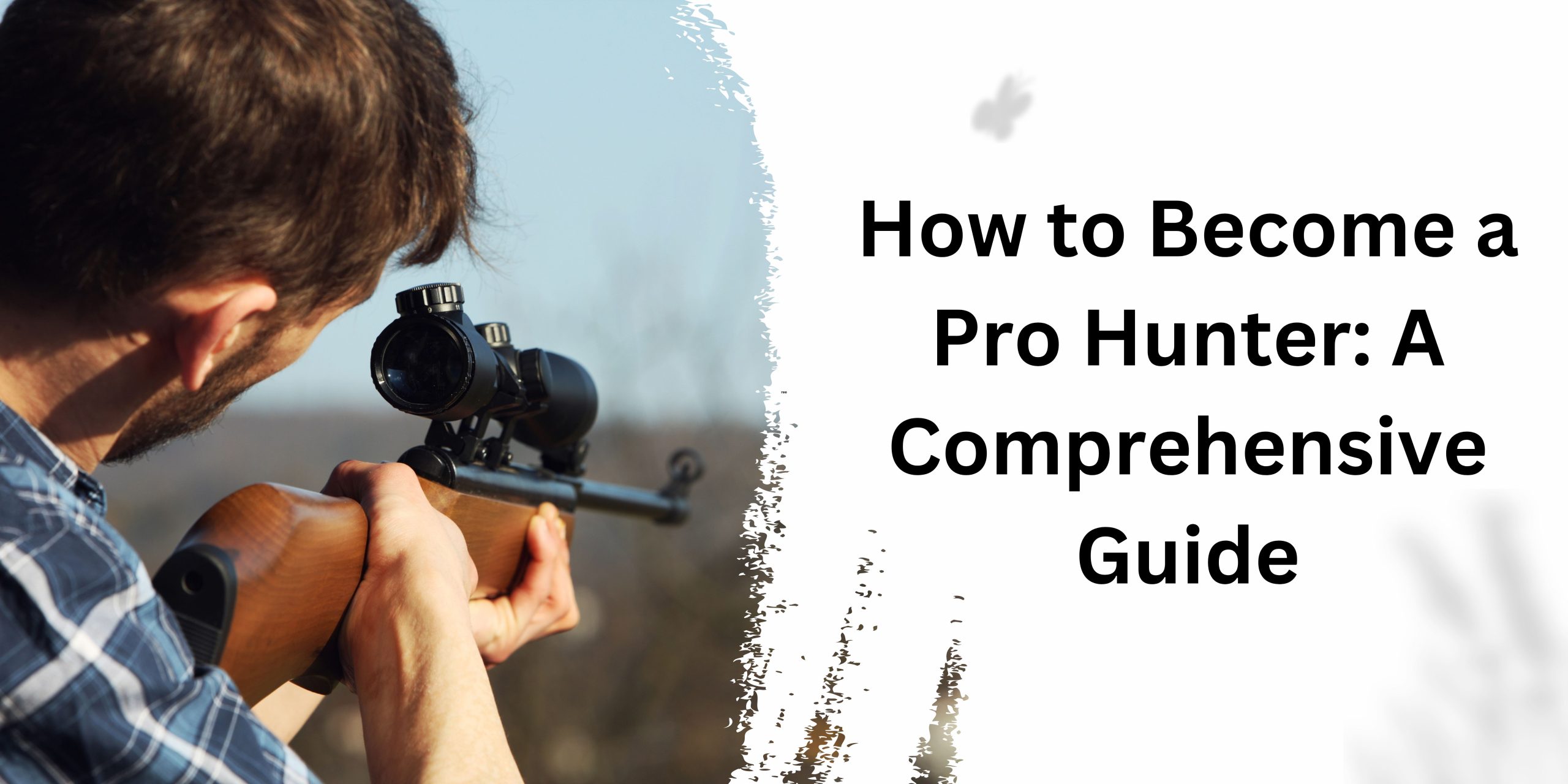Groundhog hunting, often considered both a skill and a sport, requires patience, strategy, and a keen eye. Whether you’re a seasoned hunter or just starting out, mastering the techniques of groundhog hunting can be immensely rewarding. Let’s embark on a journey to uncover the details about how to hunt a groundhog
How to Hunt a Groundhog: Step-by-Step
Hunting groundhogs demands a blend of precision and stealth. Here’s a step-by-step guide to help you navigate through the process:
- Scouting the Terrain: Begin by scouting the hunting area for signs of groundhog activity. Look for burrow entrances, fresh dirt mounds, and areas with lush vegetation, as groundhogs prefer such habitats.
- Choosing the Right Equipment: Select appropriate hunting gear, including a reliable rifle or shotgun, ammunition suited for small game, camouflage clothing, binoculars, and a sturdy pair of boots.
- Understanding Groundhog Behavior: Groundhogs are diurnal creatures, meaning they are most active during the day. They tend to retreat to their burrows at the slightest sign of danger, so patience is key.
- Stalking Your Prey: Move quietly and cautiously through the hunting grounds, keeping a lookout for groundhogs sunning themselves or foraging for food. Use natural cover and terrain features to conceal your movements.
- Taking the Shot: When you spot a groundhog within range, aim carefully, considering factors such as wind direction and bullet trajectory. Aim for vital areas like the head or chest for a clean and humane kill.
- Respecting Wildlife Regulations: Before embarking on your hunting expedition, familiarize yourself with local hunting regulations and obtain any necessary permits or licenses. Always hunt ethically and responsibly, ensuring the conservation of wildlife populations.
Read More: How to Stay Warm Hunting
How to Find a Groundhog
Groundhogs, also known as woodchucks, inhabit a variety of environments, including fields, meadows, pastures, and woodland edges. Look for them near agricultural areas where they can feed on crops like alfalfa, clover, and soybeans. Additionally, keep an eye out for groundhog burrows along fence lines, hedgerows, and beneath rocky outcrops.
Where to Find Groundhogs
Groundhogs are territorial animals that establish burrow systems for shelter and protection. Search for their burrows in open areas with good visibility, as groundhogs prefer to keep a watchful eye on their surroundings while feeding. Common locations for burrows include grassy fields, pastures, and the edges of forests or woodlots.
Top Weapons for Groundhog Hunting
When it comes to hunting groundhogs, selecting the right weapon can significantly impact your success. Here are some top choices favoured by hunters:
- Rifle: A .22 caliber rifle with a scope is a popular option for groundhog hunting due to its accuracy and versatility.
- Shotgun: A 12-gauge shotgun loaded with small game or varmint shots is effective for close-range shooting in dense cover.
- Air Rifle: For quieter and more discreet hunting, an air rifle with sufficient power and accuracy can be a suitable alternative.
Reasons to Hunt Groundhog
While some may question the necessity of hunting groundhogs, there are several reasons why it’s a popular activity among hunters:
- Population Control: Groundhogs can cause damage to crops, gardens, and property, making population management necessary in certain areas.
- Challenge and Skill Development: Hunting groundhogs requires patience, marksmanship, and knowledge of animal behaviour, providing hunters with opportunities to hone their skills.
- Culinary Delights: Groundhog meat, when properly prepared, can be a tasty and nutritious addition to the dinner table, offering a sustainable source of wild game protein.
Read More: Can You Go Hunting On Your Periods?
Summary
Hunting groundhogs can be a fulfilling pursuit for those willing to embrace the challenges it presents. By following the steps outlined in this guide, coupled with respect for wildlife and adherence to hunting regulations, you can enhance your hunting skills and contribute to the conservation of natural ecosystems.







